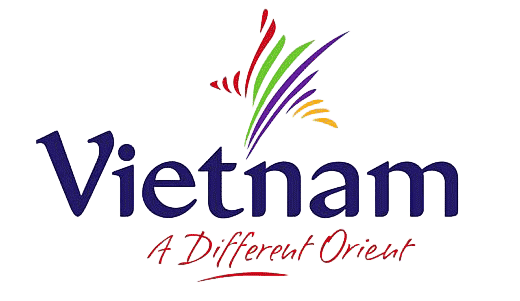Tài Xỉu, often referred to as "Tết Xưa," is one of the most cherished traditions in Vietnamese culture. Rooted in ancient customs, Tài Xỉu has evolved over centuries to become a symbol of cultural heritage and social cohesion. This article will delve into the significance of Tài Xỉu as both a historical tradition and a living practice in modern Vietnamese society.
The origins of Tài Xỉu can be traced back to the agricultural calendar of ancient Vietnam, where people celebrated seasonal changes with communal gatherings. Over time, these gatherings developed into rituals that reflected both spiritual beliefs and social norms. Today, Tài Xỉu is celebrated during the Lunar New Year (Tết) and typically lasts for seven days. During this period, families prepare offerings, clean their homes, and visit relatives to strengthen bonds and honor ancestors.
In modern times, Tài Xỉu has transcended its traditional form and become a cultural phenomenon that extends beyond religious practices. It is now often associated with fashion, art, and even political discourse. Younger generations have embraced the concept of "Tài Xỉu," which emphasizes renewal, creativity, and resilience in the face of challenges. This shift reflects the adaptability of Vietnamese culture and its ability to evolve while maintaining core values.
Moreover, Tài Xỉu plays a crucial role in fostering a sense of community and collective identity. By celebrating their roots, people reaffirm their connection to history and each other. It is not just a series of rituals but also a way of life that underscores the importance of harmony and respect within families and society.
In conclusion, Tài Xỉu is more than a set of traditions; it is a living testament to Vietnam's cultural richness. As the country continues to evolve, the lessons and values embedded in Tài Xỉu remain relevant, reminding of the importance of preserving heritage while embracing progress.
Nguồn bài viết : XSMN





